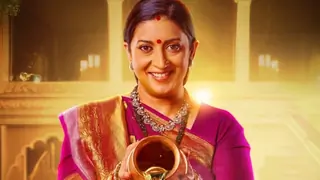Originally posted by: adwarakanath
It was fantastic, bhaktada! 😊
I was wondering whether the Harmnioum can be adapted...you know....add 12 more keys to the existing scale...and such
Thanks!
Not yet. But there has been one significant progress.
There is a new harmonium called the samvadini. The samvadini (literally means "harmony descendant") has the same look of the harmonium, but it is not equally tempered. It is tune to the pure intervals, instead of the equally tempered chromatic used in Western music. IIRC, a tuning mechanism wasn't invented yet.
On the top of the samvadini, (where you usally see the top board where the manufacturer's name is engraved in wood), there is a swarmandal which acts like sympathetic strings. Whenver you play a certain note, that string will ring out.
I am wondering if a more ornament-friendly harmonium will exist. But Ud. Alla Rakkha was pleased at this adaptation of the harmonium. He feel that is one step of the many steps needed to make this suit to the true needs of Indian music.
If there were 22 keys representing the twelve, srutis, you'd still have a problem. You would have to 'guess' which sruti of Dha (for example) you will needed to hit.
Meends would sound too rough on this. If you have studied calculus, here is a calculus example:
Meend is a curve. Using harmonium keys for meends make it look like steps! The more keys you add, the more the series of steps look like a curve. As the number of steps approaches infinity (the concept of limit and integral for arc length apply here), then you closer and closer to the mould of the curve. The meend, in reality, touches every microtone from the start note to the finish note. Adding more keys to the harmonium to make better ornaments may sound like a great idea, but actually play each microtone to do meends will just sound.... bad.


























